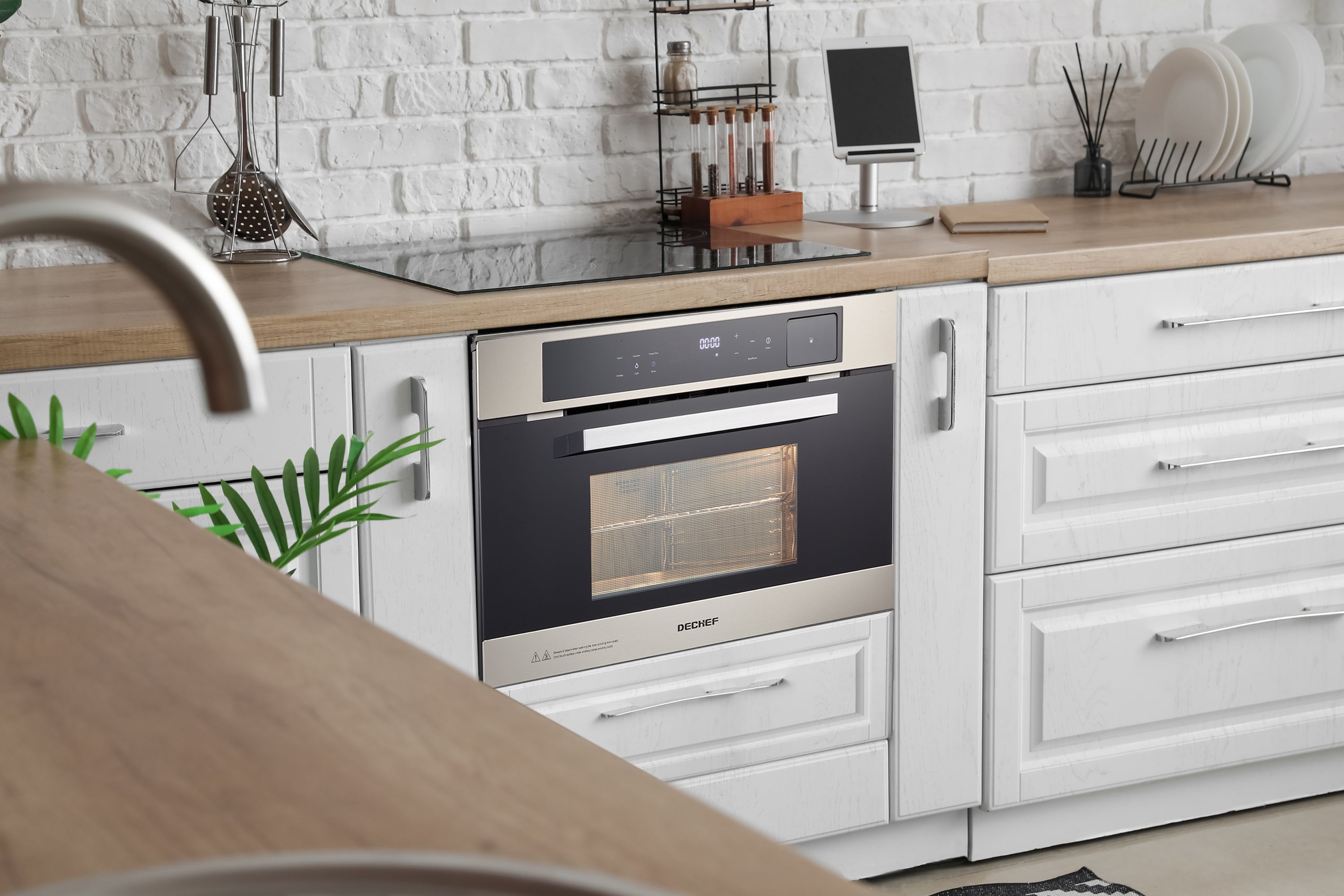Baking in a gas oven can be a wonderful experience if you know how to maximize its benefits. Dechef is here to help you achieve the perfect bake every time by offering some essential tips. Whether you’re new to using a gas oven or just looking to refine your baking techniques, these guidelines will help you succeed.
1. Preheat Your Oven Properly
Gas ovens tend to heat up quickly, but it's crucial to preheat them thoroughly before baking. This ensures that your food cooks evenly, preventing overcooked or undercooked spots. A fully preheated oven also helps with maintaining consistent heat throughout the baking process, which is key to getting that perfect rise in cakes or a crispy crust on bread.
Dechef Tip: Use an oven thermometer to confirm that your oven has reached the right temperature before putting your dish in.
2. Understand Heat Distribution
Gas ovens produce heat from the bottom, which can lead to hot spots. This uneven heat distribution means it’s essential to rotate your pans halfway through baking to ensure even cooking.
Dechef Tip: Invest in heavy-duty, light-colored baking sheets or pans. These help reflect heat and prevent the bottom of your baked goods from browning too quickly.
3. Use the Right Rack Position
The position of your baking rack in a gas oven plays a significant role in how your food cooks. Generally, the middle rack is ideal for most baking tasks as it allows the heat to circulate evenly around the food.
Dechef Tip: For crispy bottoms on pizzas or pie crusts, place the rack in the lower third of the oven. For delicate items like meringues or soufflés, the top third can help them cook gently without direct heat.
4. Manage Moisture Levels
Gas ovens can be drier than electric ovens, which may affect your baked goods' texture. If you're baking something that requires a moist environment, such as bread or cake, consider placing a water bath in the oven or lightly misting the dough to prevent it from drying out.
Dechef Tip: Monitor your food closely when baking in a gas oven, as it may require slight adjustments to your baking time due to the drier heat.
5. Calibrate Your Oven
Every oven is different, and gas ovens are no exception. Sometimes, the temperature on the dial doesn’t match the actual temperature inside. It’s important to regularly check your oven’s calibration to avoid over- or under-baking.
Dechef Tip: Dechef recommends calibrating your gas oven at least once a year. An oven thermometer is a great tool for this task to ensure accurate baking temperatures.

